
Spring 2012
WWII Quarterly, Editorial
Young People and World War II
By Flint WhitlockWe often hear that today’s “younger generation” cares nothing for the past, and that “history class” is just a synonym for “nap time.” Read more
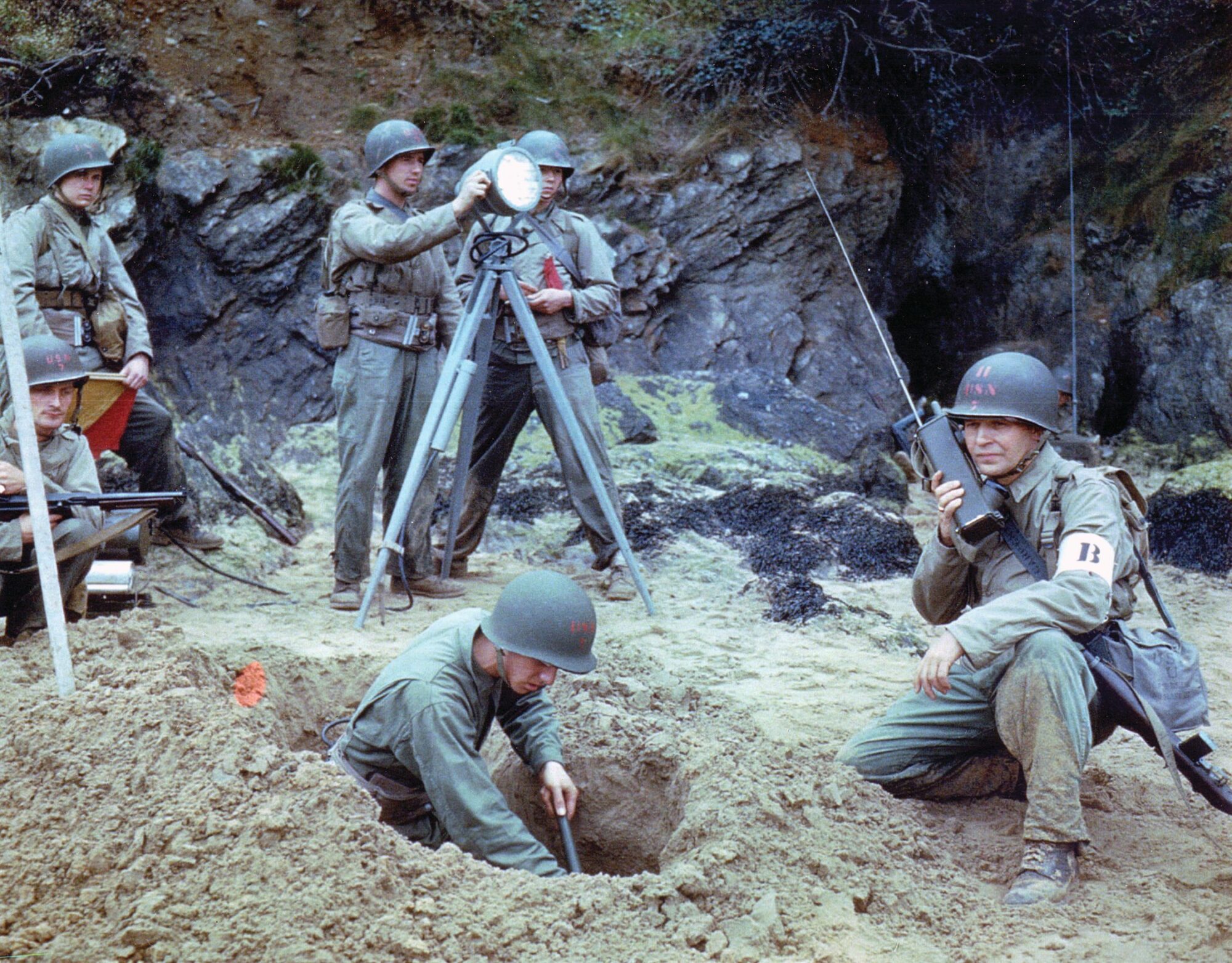
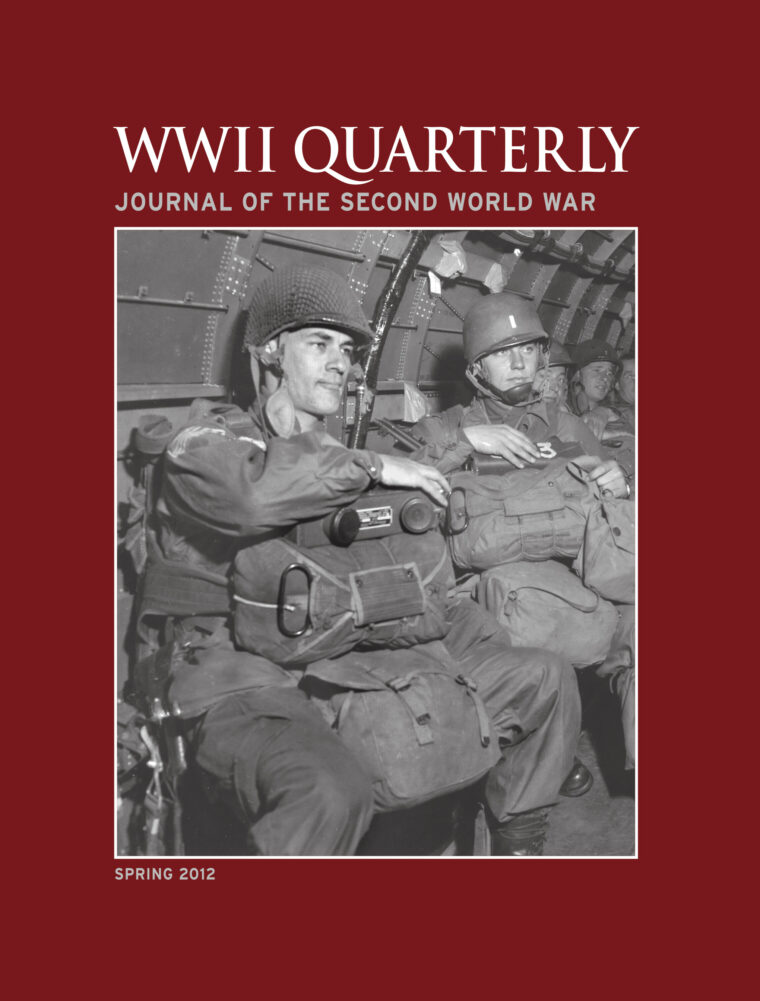
Volume 3, No. 3
COVER: American airborne troops loaded down with gear are prepared for the Allied invasion of Holland during Operation Market Garden.
Photo: National Archives.

Spring 2012
WWII Quarterly, Editorial
We often hear that today’s “younger generation” cares nothing for the past, and that “history class” is just a synonym for “nap time.” Read more
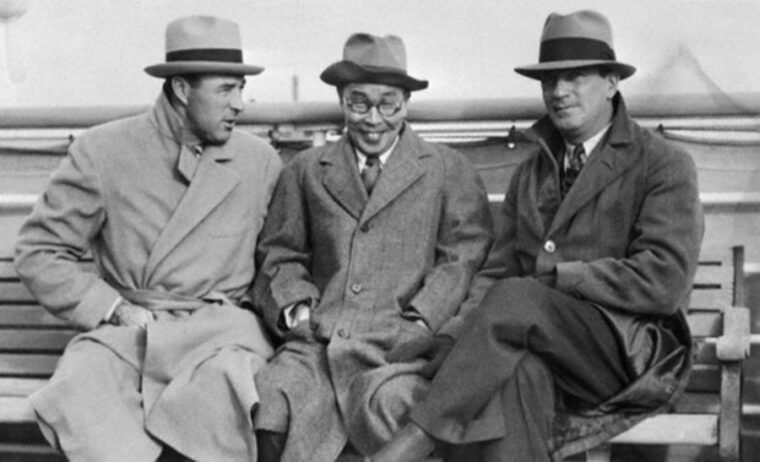
Spring 2012
WWII Quarterly, Personality
In 1920, a young, handsome Jewish boy from New Jersey took the train from Grand Central Station to Princeton, New Jersey, where he would enroll that fall. Read more
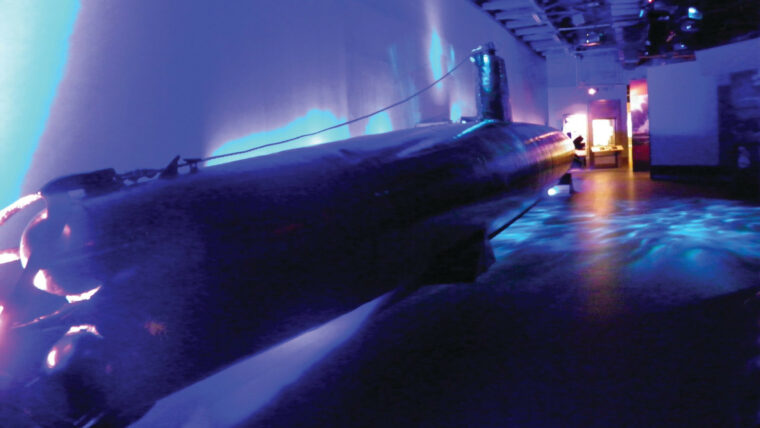
Spring 2012
WWII Quarterly, Museums
The small (population 12,000), central-Texas town of Fredericksburg, about an hour’s drive west of Austin and a little more than that northwest of San Antonio, may seem an odd location for the National Museum of the Pacific War until one realizes that Fredericksburg is the hometown of Fleet Admiral Chester Nimitz––the Eisenhower of the Pacific Theater. Read more
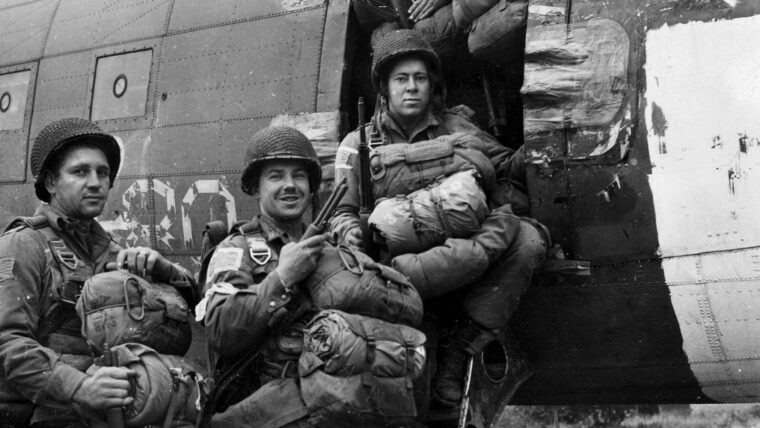
Spring 2012
WWII Quarterly
It was a beautiful September day over Holland. Gradually, a faint rumble began to grow, and the sunny sky was darkened. Read more
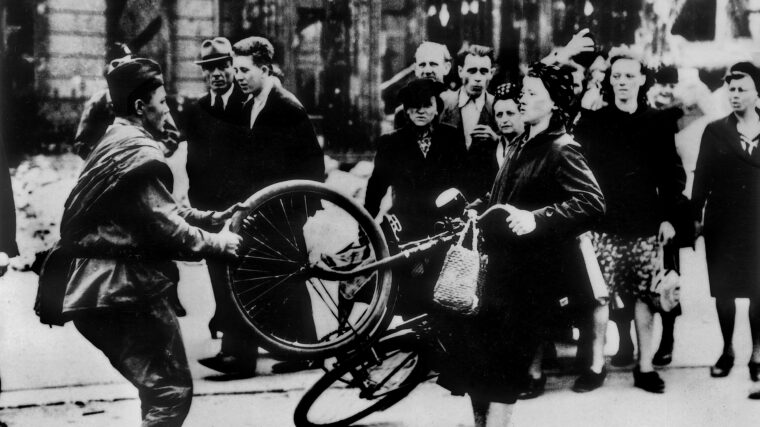
Spring 2012
WWII Quarterly
The vast Soviet War Memorial in Berlin’s Treptower Park commemorates 5,000 Red Army soldiers who fell in battle in the city in April and May 1945. Read more
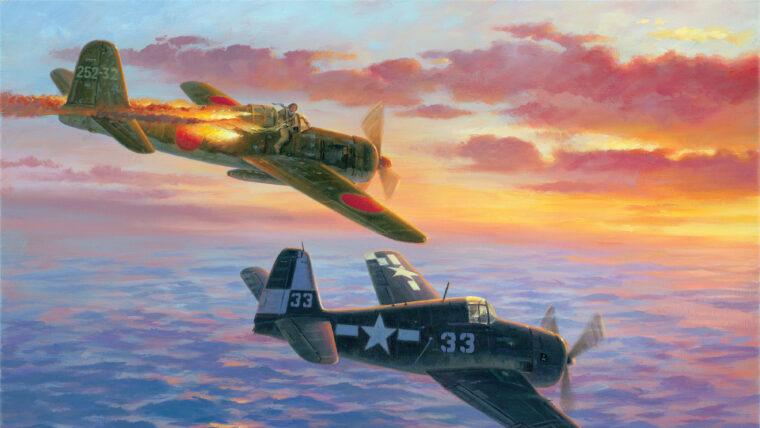
Spring 2012
WWII Quarterly
Lieutenant (j.g.) John “Ted” Crosby banked his Grumman F6F-5 Hellcat around, observing the life-and-death drama that was unfolding below him. Read more
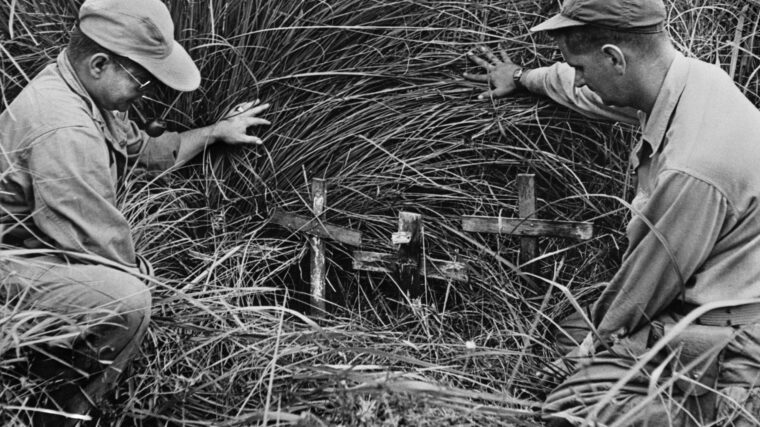
Spring 2012
WWII Quarterly
The very nature of war means that some participants will be killed and others will be wounded, and some estimate the deaths in WWII to be around 85 million. Read more
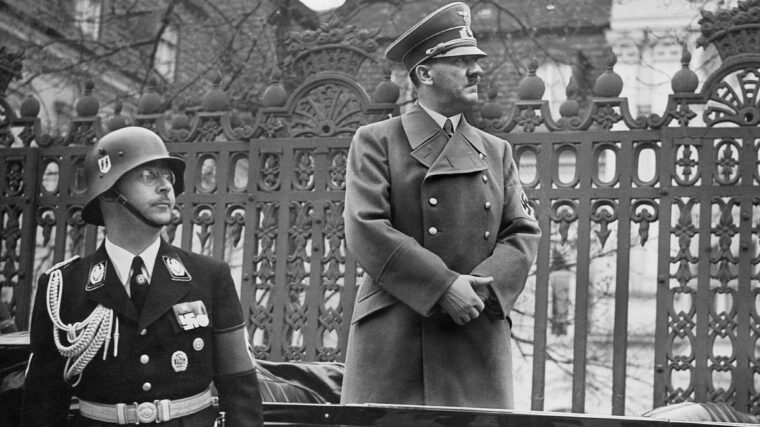
Spring 2012
WWII Quarterly
On the evening of May 23, 1945, in the northern German state of Schleswig-Holstein, five men in a British Army jeep were driving down a dark road. Read more
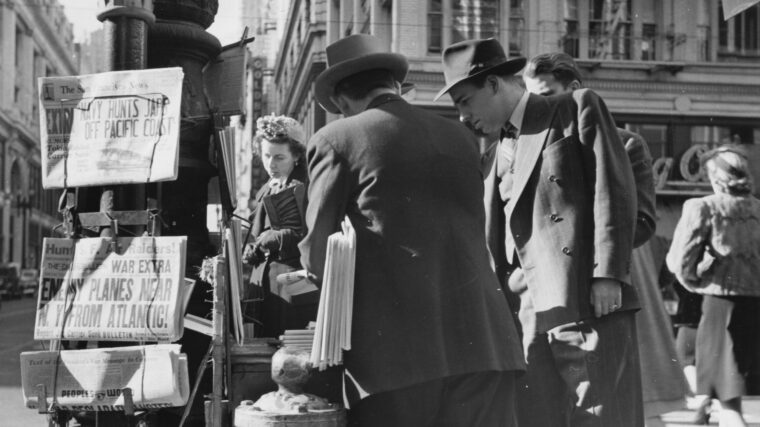
Spring 2012
WWII Quarterly
It seemed like just another ordinary day at sea. Early on December 7, 1941, a U.S. Army-chartered cargo vessel, the 250-foot SS Cynthia Olson, under the command of a civilian skipper, Berthel Carlsen, was plying the Pacific waters about 1,200 miles northeast of Diamond Head, Oahu, Hawaii, and over 1,000 miles west of the Tacoma, Washington, port from which she had sailed on December 1. Read more
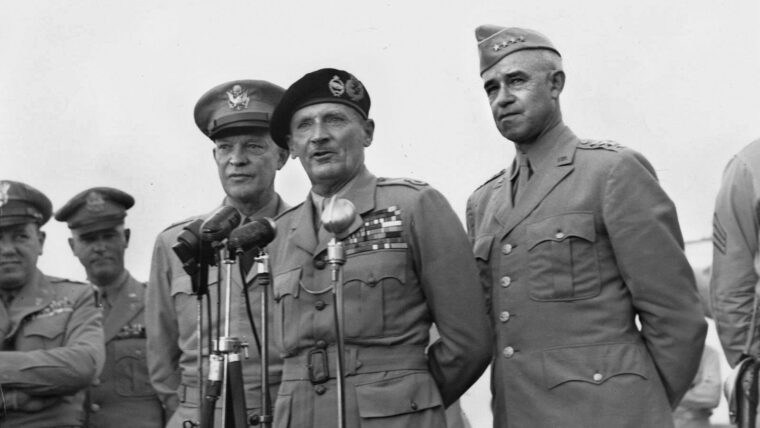
Spring 2012
WWII Quarterly
With the exceptions of the Normandy invasion and the Battle of the Bulge, few other World War II battles in the European Theater have received more historical scrutiny than the Battle of the Falaise Gap. Read more
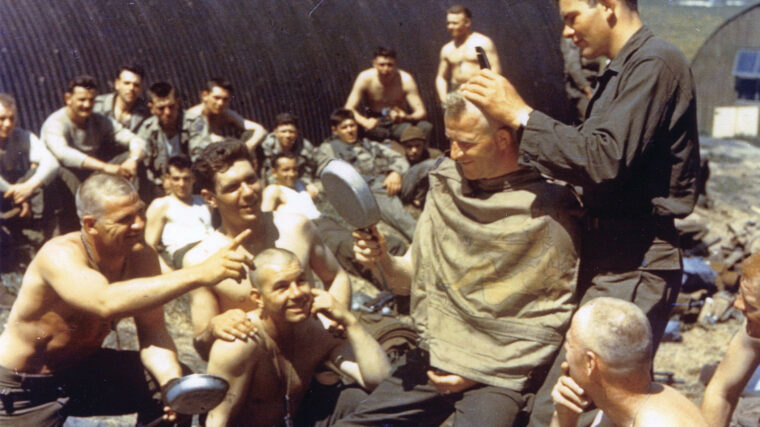
Spring 2012
WWII Quarterly
The American Army that stormed the beaches of Normandy was mostly green but well trained. For months men practiced climbing down rope ladders into landing craft, exiting in columns of threes, racing across a beach, assaulting pillboxes, storming bluffs, and digging foxholes. Read more
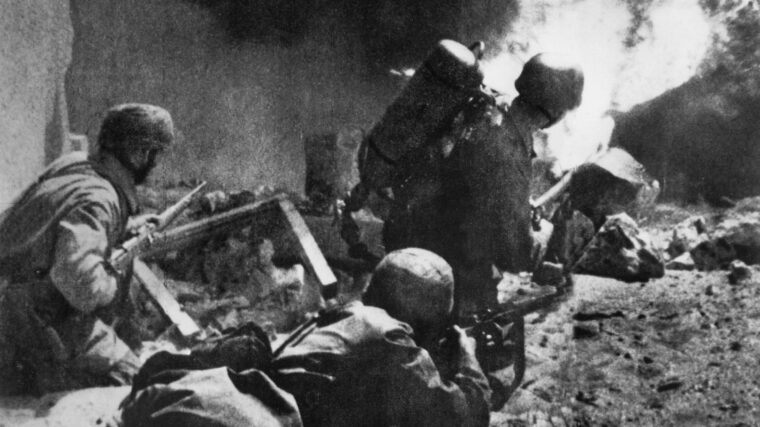
Spring 2012
WWII Quarterly
At 4:25am in the predawn darkness of May 10, 1940, nine German gliders silently skidded to a stop on the hilltop of the most heavily defended fortress in Europe, disgorging 71 highly trained German Fallschirmjäger. Read more